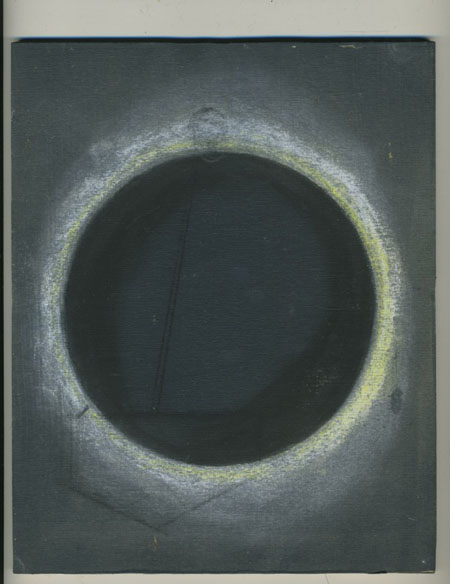![]() body | color | collections | commodity | cube | document | fabric | fetish | gender | glass | home | identity | living | machine | metal | minimal | mobility | narrative | olfactory | organic |
body | color | collections | commodity | cube | document | fabric | fetish | gender | glass | home | identity | living | machine | metal | minimal | mobility | narrative | olfactory | organic |
![]() pain | paper | plastic | plugs | power | protective | rectangular | ritual | round | sound | souvenir | spiritual | style | text-based | time | tool | touch | uniform | value | visual | warm | wood
pain | paper | plastic | plugs | power | protective | rectangular | ritual | round | sound | souvenir | spiritual | style | text-based | time | tool | touch | uniform | value | visual | warm | wood
| Drawing on Black Paper | |||
Narrative: A drawing I made in 2007. The most common softwood used to make plywood in the United States is Douglas fir. Composite plywood has a core made of particleboard or solid lumber pieces joined edge to edge. It is finished with a plywood veneer face and back. Softwood plywood sheets designed for installation on the interior of a structure may use a blood protein or a soybean protein adhesive, although most softwood interior sheets are now made with the same phenol-formaldehyde resin used for exterior sheets. The process includes felling the trees, preparing the logs, making the veneer, and finally forming the plywood sheets. A form of chalkboard paint was applied, mixing black housepaint with grout. Chalk and charcoal were used to draw with. The main component of chalk is calcium carbonate (CaCO 3), a form of limestone. Limestone deposits develop as coccoliths (minute calcareous plates created by the decomposition of plankton skeletons) accumulate, forming sedimentary layers. Plankton, a tiny marine organism, concentrates the calcium found naturally in seawater from .04 percent to 40 percent, which is then precipitated when the plankton dies. To make chalk, limestone is first quarried, generally by an open pit quarry method. Next, the limestone must be crushed. Primary crushing, such as in a jaw crusher, breaks down large boulders; secondary crushing pulverizes smaller chunks into pebbles. The limestone is then wet-milled with water in a ball mill—a rotating steel drum with steel balls inside to further pulverize the chalk. This step washes away impurities and leaves a fine powder. Charcoal is a form of dry art medium made of finely grounded organic materials that are held together by a gum or wax binder; which can also be produced without the use of binders by eliminating the oxygen inside the material during the production process.
|
 |
||
![]()
